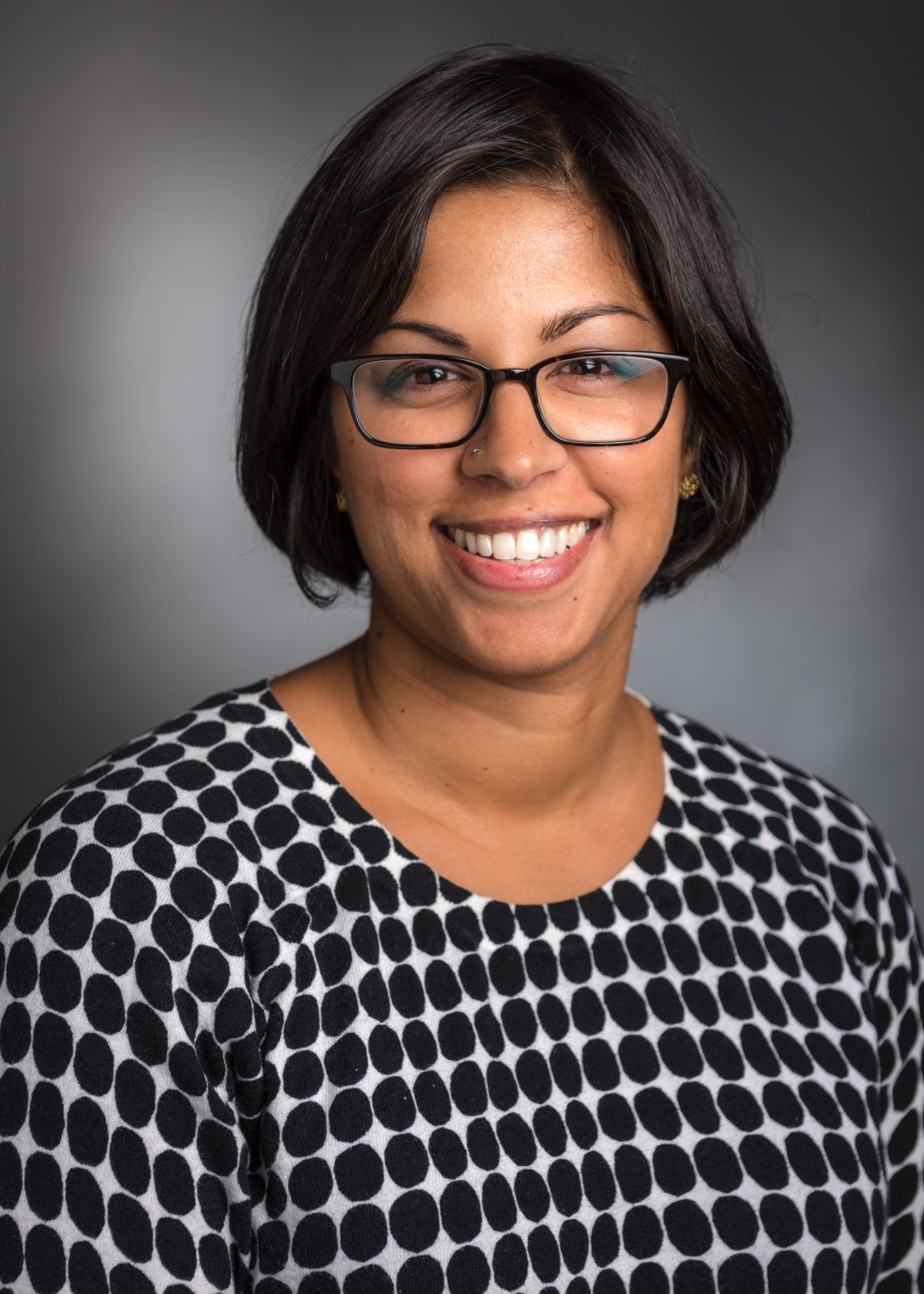When did the importance of the dissemination and implementation science field first become apparent to you?
In 2005, I was serving as an external evaluator for an effort that Boston YMCA afterschool programs were running to improve childhood physical activity and nutrition. As I went through the formal evaluation process, I started to see a large disconnect between what the evidence-based program looked like on paper and what was happening in practice settings. I was interested in the gap between what program developers and academics were asking of staff and the supports offered to staff to execute those requests. The need to find a solution felt particularly urgent as the program was meant to address the needs of children from underserved communities. There seemed to be a real opportunity to better tap into the resources and expertise held by the implementers to increase the impact of the program.
How do you feel like the field has evolved over the past decade?
There has been a tremendous increase in attention to implementation science, which has brought greater funding and training opportunities. It is really exciting to see established journals and conferences and plenty of opportunities for practitioners and researchers new to the area to become involved. It is also encouraging to see a greater emphasis placed on integrating implementation science early in the development of the evidence base. Finally, we are seeing more value placed on qualitative and mixed-methods approaches for implementation science.
Could you tell us more about your community-engaged research at Dana-Farber?
I spent the last ten years at the Center for Community-Based Research at Dana-Farber, working on projects that used a community-based participatory research (CBPR) approach to cancer prevention and implementation science. That work gave me a deep appreciation for the importance of bringing a diverse set of stakeholders to the table to address implementation science questions. There has been a long-standing push in the field from Larry Green and others that if we want evidence-based practice, we need practice-based evidence. How better to access that practice-based expertise than to co-create and collaborate with the individuals who will engage with a program, practice, or policy as implementers, leaders, and / or participants? This type of team science allows us to harness complementary strengths and create solutions that we could not have arrived at otherwise. Those projects also helped me appreciate the range of ways in which stakeholders can be engaged. After all, not all critical stakeholders want to be involved with every detail of a research study and there are ways to find engagement levels that meet the needs / competing demands of the stakeholders and projects, while still reaping the benefits of a diversity of perspectives.
What do you want students enrolled in SBS 210: Dissemination and Implementation Science, to take away from the learning experience?
Dr. Lee and I want students to be able to evaluate the evidence base for a topic of interest, adapt evidence-based interventions, engage stakeholders effectively, evaluate implementation efforts, and share results. We provide a strong foundation of core D&I frameworks, study designs, and measures and also spend time considering applications of D&I science to a range of settings.
How do you feel your work impacts communities’ abilities to enhance their agency over their programs and initiatives?
My interest is in ensuring that community-based organizations (and particularly those working with underserved populations) can take full advantage of the research evidence base. As part of that, my work focuses on capacity-building interventions and opportunities to build and strengthen staff social networks. The long-term goal is to build infrastructure so that local organizations can leverage research evidence, integrate that knowledge with local expertise, and create programs and initiatives that meet the needs of the communities they serve. In this way, these organizations can maximize the power of local knowledge and the trusted positions they have in their communities. It’s still not the norm, but the field is moving towards better engagement of local actors in developing and deploying the evidence base for health promotion.
Interview by Urvashi Pandya, MPH ’20
Photo by Sam Ogden




